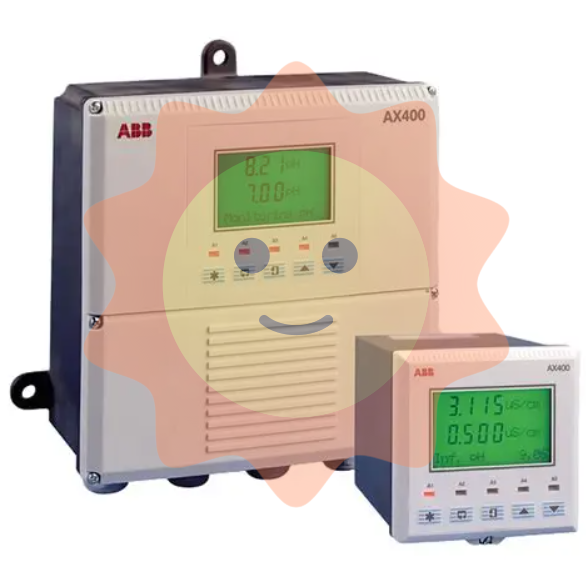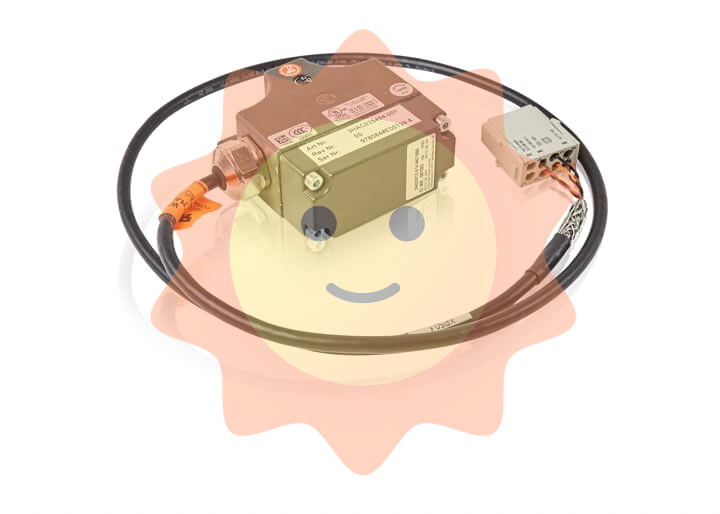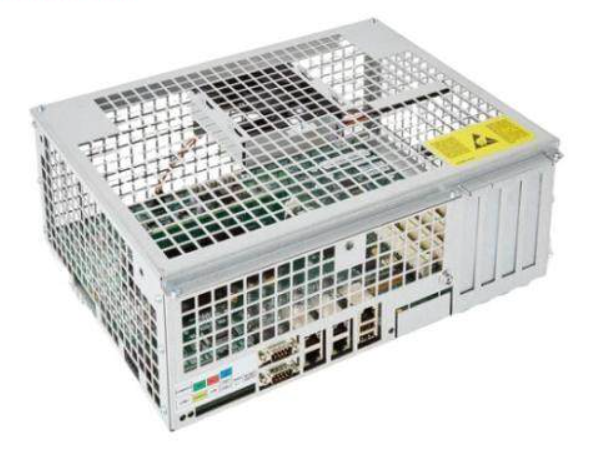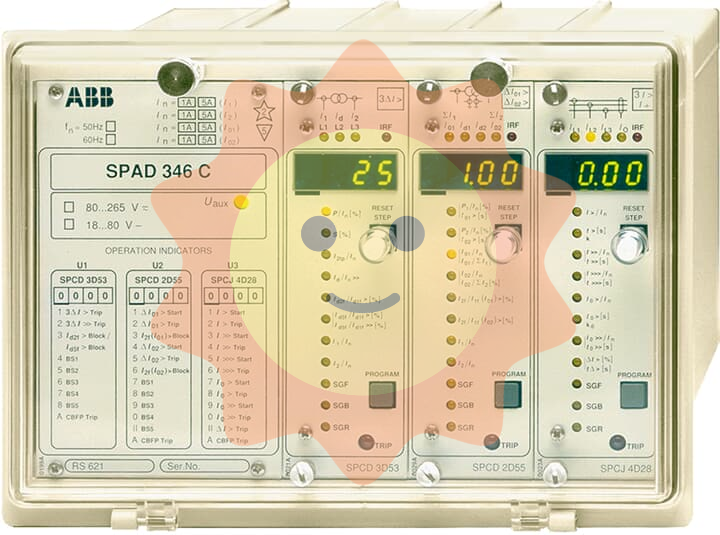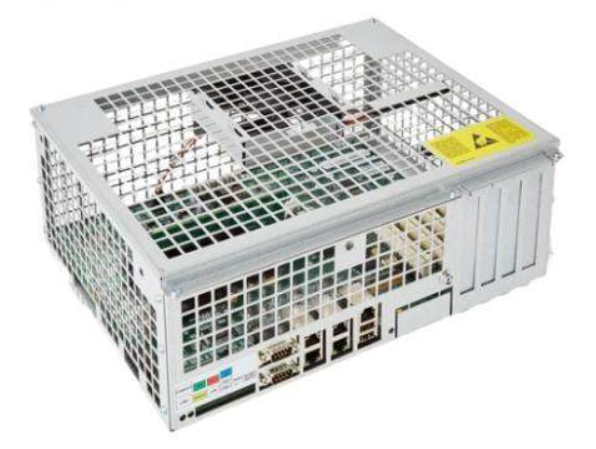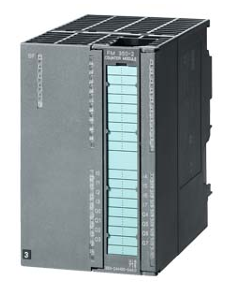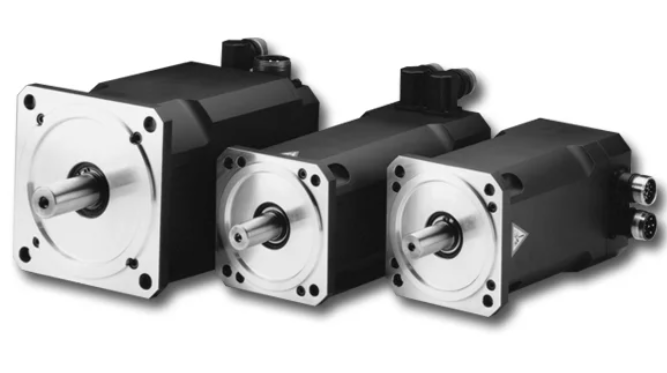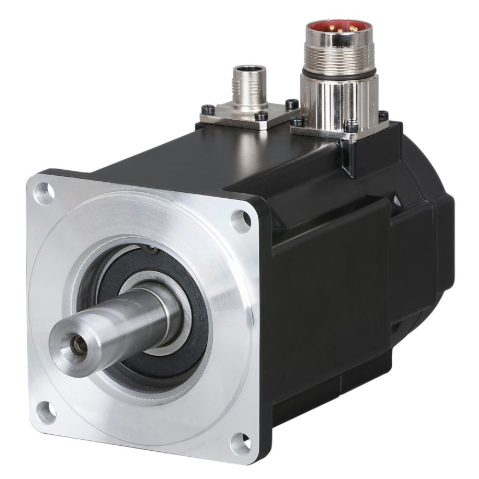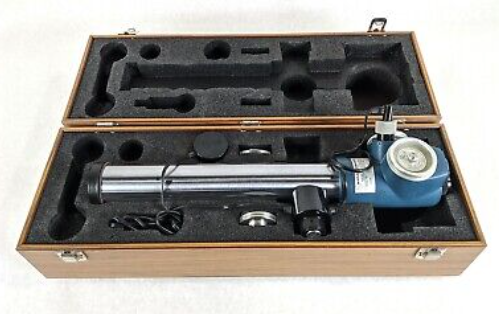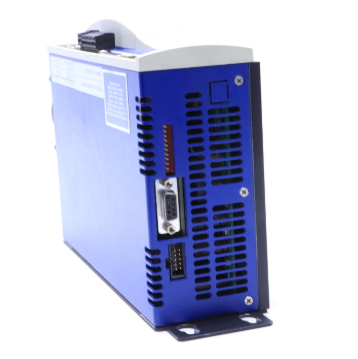Research status and prospect of comprehensive utilization of nuclear energy
1. Current situation and advantages of nuclear energy utilization at home and abroad
1.1 Current situation at home and abroad
Nuclear energy is one of the important pillars to meet the energy supply and ensure national security. In the global total power generation, the proportion of nuclear power generation is 10.4%. As of March 2019, there are 449 commercial nuclear power reactors in operation in 30 countries, with a total installed capacity of 396 GW, 55 nuclear power units under construction, and 57 GW of nuclear power units under construction [1, 2]. In addition, there are about 240 research reactors in operation in 56 countries, and 180 power reactors provide power for about 140 ships and submarines.
Nuclear power generation has great advantages in terms of technological maturity, economy and sustainability. At the same time, compared with hydropower, photoelectric and wind power, nuclear power generation has the advantages of no intermittenity and less constraint by natural conditions. It is a clean energy that can replace fossil energy on a large scale. According to the statistics of China Nuclear Energy Industry Association, as of December 31, 2018, 44 nuclear power units were put into commercial operation in China (excluding Taiwan), with a total installed capacity of 44.6GW, and 11 nuclear power units were under construction, with a total installed capacity of 11GW. From January to December 2018, the cumulative power generation of nuclear power units in China was 286.511 billion KWH, accounting for 4.22% of the total power generation. The average utilization hours of nuclear power equipment are 7 499.22 hours, and the average utilization rate of equipment is 85.61%[3]. Compared with coal-fired power generation, nuclear power generation is equivalent to reducing the burning of standard coal by 76.468 million tons, reducing the emission of carbon dioxide by 203.346 million tons, reducing the emission of sulfur dioxide by 655,000 tons, and reducing the emission of nitrogen oxides by 566,000 tons.
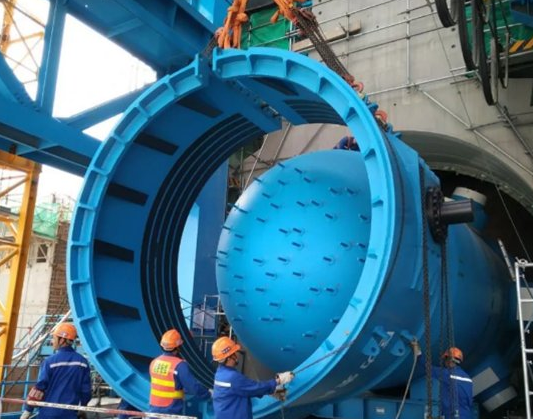
The efficient development of nuclear power on the basis of ensuring safety is an important policy of China's energy construction at present, which is of great significance to ensure energy supply and security, protect the environment and achieve sustainable development. In the 13th Five-Year Plan for Energy Development, the National Development and Reform Commission and the National Energy Administration have defined the path and key tasks of China's energy development during the 13th Five-Year Plan period, and proposed to strive to build a clean, low-carbon, safe and efficient modern energy system. The National Development and Reform Commission and the National Energy Administration's "Energy Technology Revolution and Innovation Action Plan (2016-2030)" also clearly stated that China will continue to deeply implement the innovation-driven development strategy, improve the scientific and technological research and development system in the field of nuclear energy, and support scientific research in the fields of small modular reactors, fourth-generation nuclear energy systems, and nuclear energy hydrogen production. Let nuclear energy contribute more to the building of a "beautiful China".
1.2 Advantages
From the point of view of energy efficiency, the direct use of heat is a more desirable way, and electricity generation is only one form of nuclear energy utilization. With the development of technology, especially the gradual maturity and application of the fourth-generation nuclear energy system technology, nuclear energy is expected to play a huge role in ensuring the sustainable development of global energy and water security through non-electric applications such as nuclear hydrogen production, high-temperature process heat, nuclear heating, seawater desalination and other comprehensive utilization forms [4].
Nuclear hydrogen production has many advantages over fossil fuel hydrogen production, in addition to reducing carbon emissions, because fourth-generation nuclear reactors can provide higher output temperatures, the production of hydrogen energy consumption is also less. At present, about 20% of energy consumption is used for process heat applications, and the development of high temperature process heat in metallurgical, heavy oil thermal recovery, coal liquefaction and other application markets will greatly affect the development of nuclear energy. Replacing fossil fuel heating with nuclear heat has huge advantages in ensuring energy security, reducing carbon emissions, and price stability, and is also an important option. At present, the global demand for drinking water is growing, and nuclear energy for desalination has proved to be a viable option to meet this demand, which offers hope for regions lacking fresh water. Nuclear desalination can also be used for effective water management at nuclear power plants, providing regular water supply at all stages of operation and maintenance.
2 Fourth generation advanced nuclear energy system
2.1 Characteristics and international research status of the fourth generation of advanced nuclear energy systems
One of the future development trends of nuclear energy is the small modular reactor (SMR), whose electric power is usually tens of megawatts to hundreds of megawatts, short construction cycle, flexible layout, adaptability, and low site selection cost. In addition, SMR can save the cost of capital and reduce environmental and financial risks.
The fourth generation of advanced nuclear energy systems mainly include high-temperature gas-cooled reactors, sodium-cooled fast reactors, molten salt reactors, supercritical water reactors and lead-cooled fast reactors. The small modular fourth generation nuclear reactors, which subdue traditional designs, have become the hot spot of nuclear energy research and development and investment because of their inherent high safety, recyclable nuclear fuel, physical nonproliferation and superior economic characteristics. For example, the United States and Canada have established more than a dozen new nuclear Energy companies in recent years, including Canada's Terrestrial Energy (Terrestrial Energy), the United States TerraPower (TerraPower), and has begun to cooperate with power companies and national research institutions to promote the demonstration of small modular fourth-generation nuclear reactors.
The fourth-generation nuclear energy system is characterized by high economy, good safety, small waste generation, and nuclear nonproliferation [5]. Non-electric applications such as nuclear hydrogen production, high-temperature process heat utilization, nuclear heating, and seawater desalination are the main application targets of the fourth generation nuclear energy system.
As the next Generation of advanced nuclear energy system, in response to the development of the fourth generation of nuclear energy technology, the first "Generation IV International Forum (GIF)" in 2002 proposed six types of fourth generation nuclear power and research and development roadmap. The second and third seminars were held in San Diego in November 2012 and in Japan in May 2015. The 4th GIF Workshop was held in Paris, France on October 16-17, 2018, with four topics, including the drivers of fourth-generation nuclear energy system development, innovation and R&D support for fourth-generation nuclear energy system demonstration and deployment, from research to project demonstration, and from demonstration to marketization. GIF also has a long-standing relationship with the International Atomic Energy Agency (IAEA). The 11th GIF-IAEA Innovative Reactor Programme (INPRO) meeting was held in Vienna, Austria, in February 2017. The topics covered cooperation on nuclear energy economics, safety, physical protection, non-proliferation assessment methods, exchange of technical information on common advanced reactors, and are expected to be extended to other areas in the future. Such as special safety requirements for advanced reactors, future market conditions/requirements for advanced reactors (such as integration with renewable energy sources), etc.

2.2 Thorium-based molten salt reactor nuclear energy system
Thorium-based molten salt Reactor nuclear energy System (TMSR) is one of the six candidates for the fourth generation advanced nuclear energy system, including three subsystems: thorium-based nuclear fuel, molten salt reactor and comprehensive utilization of nuclear energy. Thorium-based nuclear fuel has abundant reserves, good anti-proliferation performance and less nuclear waste, which is a technical solution for long-term energy supply. Molten salt reactor is divided into liquid fuel molten salt reactor (MSRLF) and solid fuel molten salt reactor (MSR-SF), the latter is also known as fluorine salt cooled high temperature reactor (FHR). Molten salt reactor uses high temperature molten salt as coolant, has high temperature, low pressure, high chemical stability, high heat capacity and other hot matter characteristics, and does not need to use heavy and expensive pressure vessels, suitable for building compact, lightweight and low-cost small modular reactor; Molten salt reactors use water-free cooling technology and only need a small amount of water to operate, which can be used to achieve efficient power generation in dry areas. Molten salt reactor output high temperature nuclear heat above 700℃ can be used for efficient power generation, and because of its use of high chemical stability and thermal stability of inorganic molten salt as heat transfer and storage medium, very suitable for long-distance heat transfer, thus greatly reducing the safety concerns for comprehensive utilization of nuclear energy, can achieve large-scale nuclear energy hydrogen production. At the same time, it provides high-quality process heat for important chemical industries such as synthetic ammonia, thus effectively alleviating carbon emission and environmental pollution [6].
Ensuring the safe and reliable operation of reactors is the most important pre-emptive goal in the development of nuclear energy. As the fourth generation nuclear energy system, molten salt reactor has a high inherent safety, the working environment in the reactor is near atmospheric pressure, greatly reducing the pressure demand of the main vessel, reactor internals and containment, and some accidents in the water reactor can be avoided, such as large breaks and double-end fracture accidents, and coolant flash eruption caused by pipeline breaks. The boiling point of molten salt is as high as 1 400 ° C, while the operating temperature in the reactor is 700 ° C, and the safety threshold is very high: when the temperature exceeds the set value, the freezing plug at the bottom of the reactor will automatically melt due to excessive high temperature, and the molten salt mixed with nuclear fuel will flow into the emergency storage tank and separate from the neutron reaction zone, and the nuclear reaction will immediately stop. Molten salt can act as a safety barrier for the reactor, dissolving and retaining most of the fission products, especially gaseous fission products (such as Cs-137, I-131, etc.); Molten salt has high chemical stability, does not interact with other substances, prevents new derivative accidents, and can greatly reduce the environmental impact after the accident. Molten salt reactor can be reprocessed online and is the only reactor that can efficiently utilize thorium. The molten salt reactor can flexibly carry out a variety of fuel cycles, such as primary utilization, waste treatment, fuel production, etc., without special treatment and direct use of all nuclear fuels such as uranium, thorium and plutonium, and can also use spent fuel from other reactors.
3. Research status of nuclear energy utilization
3.1 Efficient Power generation
For the fourth generation of advanced nuclear energy systems with in-reactor operating temperatures above 700 ° C, the relatively mature heat and work conversion systems at this stage mainly include steam turbine systems (based on Rankine cycle) and closed cycle gas turbine systems (based on closed Brayton cycle). According to the different working medium, closed cycle gas turbines can also be divided into helium turbine, nitrogen turbine, supercritical carbon dioxide turbine and mixed working medium turbine, etc. The comparison of efficiency of different thermal conversion systems is shown in Figure 2. As can be seen from the figure, the higher the temperature, the higher the efficiency of the thermal power conversion system. Compared with the traditional steam cycle, the thermal cycle power generation system under high temperature conditions can more fully utilize the high-quality heat of the nuclear energy system above 700℃ to achieve efficient power generation.
Steam turbine system technology has been developed for more than 100 years, the highest maturity, but its system is relatively large and complex, in the process of operation and maintenance needs to constantly supplement the circulating water, so it is not suitable for use in areas where water resources are scarce. At present, the commonly used steam turbines for thermal power generation are all over 300 MW in power class, and most of them use supercritical and ultra-supercritical units with a temperature range of 538℃ -610 ℃, a pressure range of 24-32 Mpa, and an efficiency of about 41% -44% [7]. 700℃ supercritical is the bottleneck of the development of steam turbines at this stage, because the problem of high temperature and high pressure materials is difficult to break through in a short time and the cost is expensive.
The closed cycle gas turbine system is especially suitable for medium and high temperature heat source, thus obtaining high heat and work conversion efficiency, and has the technical advantages of flexible heat source and diversity of working medium. Compared with steam turbines, closed cycle gas turbines have higher power density, thus smaller size and less investment. And because you can use less water, there is a lot of flexibility in site selection. In the middle of the 20th century, closed cycle gas turbines with air as the working medium were widely used in the field of power generation, with high technical maturity. Later, with the rise of the concept of high-temperature nuclear energy, helium turbines received great attention and completed industrial demonstrations in non-nuclear fields [8]. For the fourth generation of advanced nuclear energy systems with an outlet temperature above 700 ° C, the performance comparison of commonly used closed-cycle Brayton gas turbines with working medium is as follows: the thermal efficiency of closed-cycle gas turbines with gas working medium (helium, nitrogen, air or mixed working medium) can be close to 40%, and the efficiency of supercritical carbon dioxide working medium can be close to 50%. However, from the perspective of technology maturity, supercritical carbon dioxide turbine is still in the pilot stage, lacking industrial demonstration and verification, and its high-temperature material problem is also a technical difficulty [9].

3.2 Hydrogen production from nuclear energy
The core of the research of the fourth generation of nuclear reactor hydrogen production is based on the process heat of high temperature reactor. From the perspective of nuclear reactors, the outlet temperatures of molten salt reactor and ultra-high temperature gas cooled reactor all exceed 700℃, and the process heat provided can meet the high temperature hydrogen production process, and the system efficiency is highly correlated with the thermal energy temperature provided by the reactor (Figure 3) [10, 11]. At present, there are two main ways to produce hydrogen from nuclear energy: thermochemical cycle and high temperature electrolysis.
3.2.1 Thermochemical cycle hydrogen production
Thermochemical cycle hydrogen production is a high-temperature thermochemical cycle process by steam pyrolysis to produce hydrogen. In this process, the high temperature heat provided by the reactor is mainly used, and in hundreds of thermochemical cycle routes, there are mainly I-S cycle, Cu-Cl cycle, Ca-Br cycle, U-C cycle and other technical routes that can match the fourth generation reactor. However, the efficiency of I-S cycle hydrogen production is greatly affected by temperature, and the efficiency can exceed 50% above 900 ° C, but with the temperature falling below 800 ° C, the efficiency drops sharply. At the same time, it should be pointed out that the thermochemical cycle is a typical chemical process, and the scale up of the process still has some risks; At the same time, the strong corrosion at high temperatures also puts higher requirements on materials and equipment, and the production plant covers a larger area. Therefore, the main challenge of circulating hydrogen production technology is to optimize the technical route, improve the efficiency of the whole process, and solve the problem of reactor corrosion.
At present, the Japan Atomic Energy Agency has completed the pilot test of I-S recycling hydrogen production, and the hydrogen production rate has reached 150 L/h[10]. Tsinghua University has established a laboratory-scale I-S cycle experiment system (60 L/h) and has achieved long-term operation of the system [12].
3.2.2 Hydrogen production by high-temperature electrolysis
High temperature electrolysis of hydrogen from steam (HTSE) uses the solid oxide electrolytic cell (SOEC) as the core reactor to achieve high efficiency decomposition of water vapor to produce hydrogen. Due to the advantages of high efficiency, cleanliness and simple process, high temperature electrolysis hydrogen production technology has attracted the attention of domestic and foreign researchers and enterprises in recent years, and has become an important technology for hydrogen production in combination with nuclear energy, wind energy, solar energy and other clean energy. Because high temperature electrolysis hydrogen production technology can be combined with nuclear energy or renewable energy for the preparation of clean fuel and carbon dioxide conversion, it has a good application prospect in the field of new energy. In addition, due to the great volatility of renewable energy (such as wind energy, solar energy, water energy, etc.) and regional restrictions, there are great problems in transmission, and the use of high temperature electrolysis hydrogen production technology provides an important way for the energy conversion and storage of renewable energy, and is an indispensable component of the future new energy network [13, 14].
High temperature electrolysis hydrogen production technology mainly includes four levels: electrolyte and electrode materials, electrolytic cell, electrolytic pile and system. At present, the main challenges facing the high temperature electrolysis hydrogen production technology include the performance attenuation during the long-term operation of the electrolytic cell, the high temperature connection sealing of the electrolytic cell, the optimization of the auxiliary system, and the integration of large-scale hydrogen production system. SOEC is the core reactor in HTSE technology (Figure 4). The electrode/electrolyte material in the electrolytic cell (pile) has many problems such as stratification, polarization and poisoning in operation, which is an important cause of system attenuation. Therefore, it is necessary to focus on the long-term stability of electrolytic cell materials under high temperature and high humidity environment according to the characteristics of SOEC process. At the same time, improve the integration and automation level of SOEC single battery production equipment, improve the single battery yield and consistency. Vigorously develop the low cost and lightweight design of kilowatt-level SOEC hydrogen production module, improve the scale integration technology level, and develop the hierarchical integration technology of electrolytic cell reactor. Solving these problems can make it economically competitive, so that it can enter the practical application field faster.
At present, the United States, Germany, Denmark, South Korea, Japan, China and other countries are actively carrying out relevant research work [14-17]. Germany's Sunfire company and the United States Boeing Company cooperation, built the world's largest 150 kW high temperature electrolysis hydrogen production demonstration device, the hydrogen production rate of 40 Nm3/h. Shanghai Institute of Applied Physics, Chinese Academy of Sciences, on the basis of the development of a 5 kW high temperature electrolytic hydrogen production system in 2015 and the support of the strategic pilot science and technology project of the Chinese Academy of Sciences, launched the development of a 20 kW high temperature electrolytic hydrogen production pilot plant in 2018, and plans to build the world's first nuclear hydrogen production verification device based on molten salt reactor in 2021. The design hydrogen production rate reaches 50 Nm3/h.
3.3 Seawater Desalination
Fresh water and energy resources are essential and indispensable for the survival and development of human society. Seawater desalination is an important way to obtain fresh water resources, and large-scale desalination requires a lot of energy consumption. Therefore, in the future, from the perspective of environmental protection and sustainable development, seawater desalination technology based on nuclear energy will occupy an increasingly important position.
Seawater desalination technology is the use of evaporation, membrane separation and other means to separate the salt in seawater, and obtain low salt content of fresh water technology. Among them, reverse osmosis (RO), multi-effect distillation (MED), thermal compression multi-effect distillation (MED-VC) and multistage flash distillation (MSF) are mature technologies that are considered suitable for large-scale seawater desalination after many years of practice. All of the above desalination technologies are powered by heat or electricity, so they are technically feasible and suitable for coupling with nuclear reactors. In the coupling process of nuclear reactor and seawater desalination plant, the following three problems need to be considered: (1) How to avoid the influence of radioactive elements on the water after desalination; How to avoid the additional impact of seawater desalination systems on nuclear reactors; ③ How to match the scale of the two more reasonably.

In the past decade, many countries have paid more and more attention to nuclear desalination technology, and IAEA has played an important role in organizing and coordinating the process of promoting nuclear desalination. Many member states, including China, have participated in the international cooperative research program organized by the IAEA and proposed their own high-safety nuclear reactor schemes to be applied in seawater desalination systems [18, 19].
At present, the accumulated desalination capacity of the seawater desalination system built or under construction in China is about 600,000 tons/day, and the cost is about 4-5 yuan/ton [20]. Desalination technology is gradually maturing, and with the continuous reduction of costs, its economics are also improving. Most of the domestic nuclear power plants are built in coastal areas, which provides more convenience for promoting the construction of seawater desalination based on nuclear energy. Among them, Hongyanhe Nuclear Power plant, Ningde Nuclear Power Plant, Sanmen Nuclear Power Plant, Haiyang Nuclear power plant, Xudapu nuclear power plant, Tianwan nuclear Power plant, and the future Shandong Rongcheng demonstration nuclear power plant all use desalination technology to provide usable fresh water for the plant. In the mainstream technology of seawater desalination, reverse osmosis method has significant energy saving and is widely used in our country.
3.4 Nuclear Heating
More than 60% of China's regions and more than 50% of the population need winter heating. At present, the main heating methods are central heating and distributed heating. Among them, central heating mainly comes from coal-fired cogeneration or coal-fired boilers, which consumes 500 million tons of coal every year. In order to alleviate the severe environmental pollution and haze weather caused by the use of coal, some areas in China have taken the lead in the project of "coal to gas" and "coal to electricity", but this has also led to the scarcity of natural gas resources and the increase of the burden of the power grid.
As a clean energy, nuclear energy will become an important heating resource in the future. One of the advantages of nuclear heating is that it is low-carbon, clean and large-scale. Taking a 400 MW heating reactor as an example, it can replace 320,000 tons of coal or 160 million cubic meters of gas every year, and can reduce emissions of carbon dioxide by 640,000 tons, sulfur dioxide by 5 000 tons, nitrogen oxides by 1 600 tons, and dust particles by 5 000 tons compared with coal heating.
At present, there are two main ways of nuclear heating: low-temperature nuclear heating and nuclear cogeneration. In the 1980s, Sweden's nuclear power reactor Agesta achieved continuous heating and was the world's first demonstration of a civilian nuclear heating nuclear power plant. Since then, Russia, Bulgaria, Switzerland and other countries have also begun to develop and build nuclear heating systems. In the 1980s, China also began the research and development of nuclear heating reactors; In 1983, Tsinghua University realized China's first nuclear low-temperature heating experiment on a pool research reactor [21]. After years of research and development, two main types of pool heating reactor and shell heating reactor have been gradually formed at the technical level of low temperature nuclear heating. The pool heating reactor is based on the swimming pool experimental reactor, and the shell heating reactor is developed from the current mainstream pressurized water nuclear power plant technology. The biggest advantage of nuclear cogeneration is energy saving, which realizes the optimal allocation of energy resources. The comprehensive energy utilization rate of cogeneration can reach 80%, which has a high comprehensive energy utilization rate. Its disadvantage is that thermal power can not be taken into account at the same time, so it needs to cooperate with nuclear heating to form complementary advantages.
In recent years, the nuclear heating industry has received great attention in China. In 2017, the "Northern Winter Clean Heating Plan (2017-2021)" jointly formulated by ten departments such as the National Development and Reform Commission, the National Energy Administration, and the Ministry of Environmental Protection clearly proposed to study and explore nuclear energy heating, promote active nuclear power units to supply heat to the surrounding areas, and safely develop heating demonstrations. China National Nuclear Group launched the "Yanlong" swimming pool type low-temperature heating reactor, China General Nuclear Power Group and Tsinghua University launched the shell type low-temperature heating reactor, the State power investment proposed a micro-pressure heating reactor, the above nuclear heating pilot has been in Heilongjiang, Jilin, Liaoning, Hebei, Shandong, Ningxia, Qinghai and other provinces and regions to carry out the relevant site universal suffrage and industrial promotion work.
The strategic layout of nuclear heating can effectively solve the situation of heat shortage in many places in north China. In addition, after the introduction of large temperature difference long-distance heat transmission technology, China's nuclear heating will no longer be trapped in the restrictions of long-distance heat transmission, nuclear reactors can be placed beyond the nuclear safety distance, and provide safe and stable heat energy for the city.
3.5 Heat utilization of nuclear high-temperature process
Chemical processes such as synthetic ammonia, coal gasification and methane steam reforming all require high temperatures above 700 ° C, and these traditional chemical industries have huge energy consumption, while the demand for synthetic ammonia, coal liquefaction and petroleum cracking products (such as ethylene) is gradually growing. In the face of increasingly stringent carbon emission requirements and the increasing scarcity of traditional energy resources, it is important to explore new industrial energy supplies and coupling. If you can directly use the high temperature heat generated by the reactor, you can achieve energy saving of about 30%, reducing the total energy consumption at the same time, improve the economy of nuclear energy. The fourth generation nuclear reactor, represented by molten salt reactor, has an outlet temperature of more than 700 ° C. In the future, the heat generated by the reactor can be directly used as a heat source for industrial production processes, for steam reforming of natural gas, gasification and liquefication of coal, synthesis of ammonia, ethylene production and other energy-intensive fields, and the saved fossil fuel can be used as chemical raw materials [22].
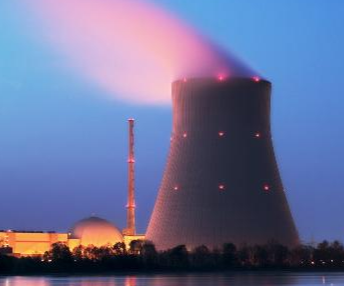
One of the major challenges facing heat utilization in high-temperature processes is safety protection, management and licensing issues, which need to address the concerns of managers and the public about the coupled use of nuclear energy and chemical industry. At the same time, for different types of process heat utilization, it is necessary to implement new management regulations and apply for new licenses.
4 Outlook
In the face of low-carbon energy demand in the future, nuclear energy and renewable energy are important ways to achieve zero carbon emissions. Renewable energy has the advantages of rich resources, clean and renewable, but the volatility or intermittently of renewable energy leads to a lack of good compatibility with the current grid infrastructure. When large-scale use, it is necessary to provide stable base load energy to regulate power output. Because of its sustainability, efficiency and reliability, nuclear energy is the only clean energy that can provide dispatchable baseload power. Therefore, the construction of a hybrid energy system (HES) integrating nuclear energy and renewable energy is an important solution to achieve low-carbon, clean and efficient use of energy.
For the fourth-generation nuclear energy system, the advantages of nuclear energy and renewable energy can be fully utilized and coordinated through the technology of molten salt heat storage and high temperature hydrogen production. Therefore, it is necessary to evaluate the share of various clean energy sources in the national and global energy system from the perspective of economic and energy security, develop a reasonable technical path, carry out a demonstration of a multi-energy fusion nuclear-renewable energy complex energy system (Figure 5), and achieve stable operation. To solve and overcome the problems in the coupling use of these two technologies is of great significance to the development and progress of economy and society, and is also an important trend in the development of comprehensive utilization of nuclear energy.
At present, the third generation of nuclear energy systems represented by Hualong One, AP1000 and EPR have begun large-scale commercial applications, which can meet the basic needs of current and future nuclear power development. It is recommended to speed up the research and development of the fourth-generation nuclear energy system represented by molten salt reactors and related comprehensive utilization technologies such as nuclear hydrogen production and high-temperature heat utilization, fully mobilize the advantages of relevant domestic research institutions and enterprises, increase policy support and investment guarantee, and include relevant tasks in national science and technology major projects. We will implement and build demonstration projects for the comprehensive utilization of nuclear energy, such as hydrogen production and nuclear heating.
- EMERSON
- Honeywell
- CTI
- Rolls-Royce
- General Electric
- Woodward
- Yaskawa
- xYCOM
- Motorola
- Siemens
- Rockwell
- ABB
- B&R
- HIMA
- Construction site
- electricity
- Automobile market
- PLC
- DCS
- Motor drivers
- VSD
- Implications
- cement
- CO2
- CEM
- methane
- Artificial intelligence
- Titanic
- Solar energy
- Hydrogen fuel cell
- Hydrogen and fuel cells
- Hydrogen and oxygen fuel cells
- tyre
- Chemical fiber
- dynamo
- corpuscle
- Pulp and paper
- printing
- fossil
- FANUC
- Food and beverage
- Life science
- Sewage treatment
- Personal care
- electricity
- boats
- infrastructure
- Automobile industry
- metallurgy
- Nuclear power generation
- Geothermal power generation
- Water and wastewater
- Infrastructure construction
- Mine hazard
- steel
- papermaking
- Natural gas industry
- Infrastructure construction
- Power and energy
- Rubber and plastic
- Renewable energy
- pharmacy
- mining
- Plastic industry
- Schneider
- Kongsberg
- NI
- Wind energy
- International petroleum
- International new energy network
- gas
- WATLOW
- ProSoft
- SEW
- wind
- ADVANCED
- Reliance
- YOKOGAWA
- TRICONEX
- FOXBORO
- METSO
- MAN
- Advantest
- ADVANCED
- ALSTOM
- Control Wave
- AB
- AMAT
- STUDER
- KONGSBERG
- MOTOROLA
- DANAHER MOTION
- Bently
- Galil
- EATON
- MOLEX
- Triconex
- DEIF
- B&W
- ZYGO
- Aerotech
- DANFOSS
- KOLLMORGEN
- Beijer
- Endress+Hauser
- MOOG
- KB
- Moxa
- Rexroth


Email:wang@kongjiangauto.com


